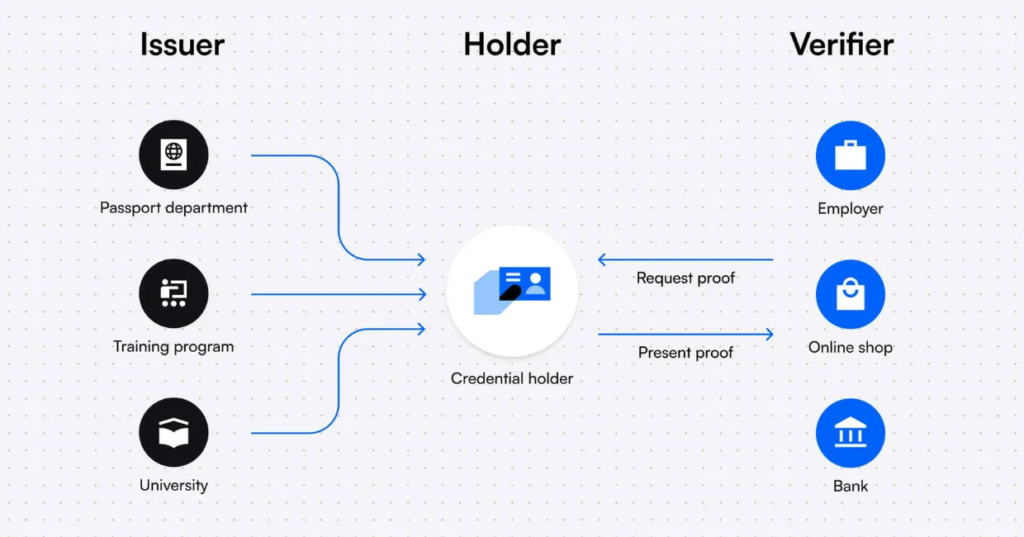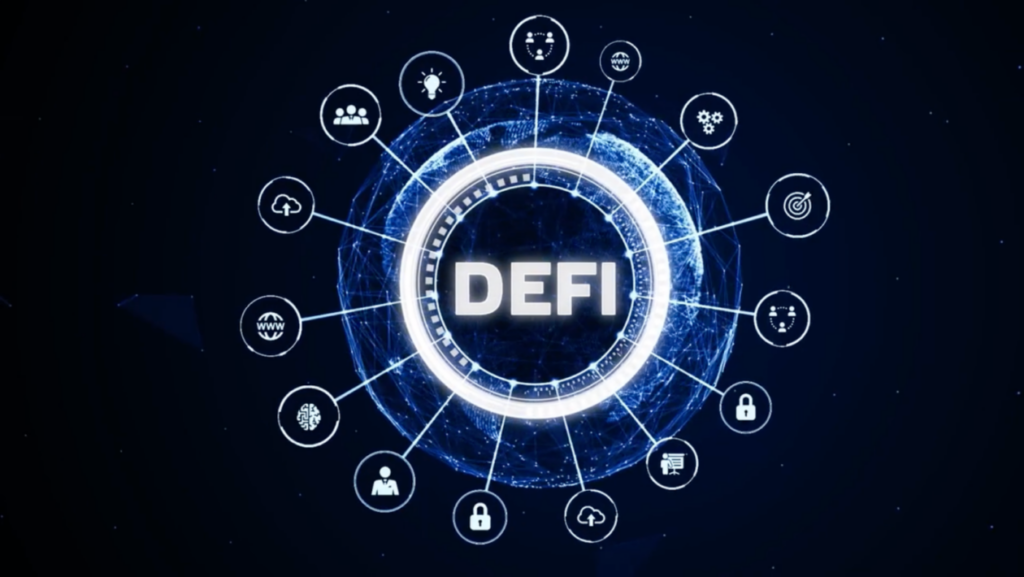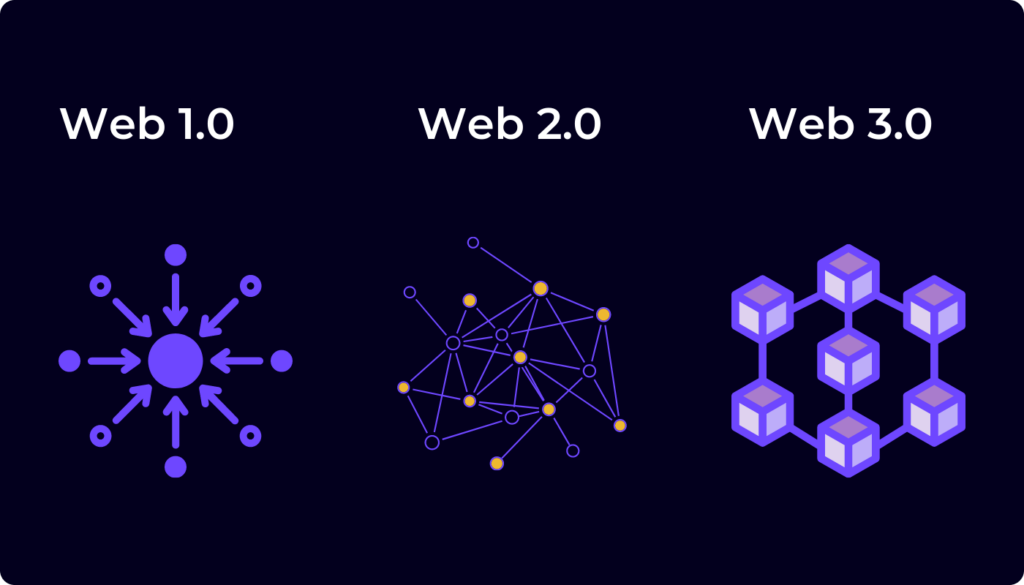Welcome to the future, where AI and Web3 are joining forces to build a Spatial Web that’s more personalized, secure, and efficient.
Think of this as the internet but upgraded – a place where digital environments adapt to you, decentralized finance becomes smarter, and privacy is actually respected.
Here are 10 ways AI is revolutionizing the next era of the web:
1. Smarter DAOs with AI-Driven Governance

Decentralized Autonomous Organizations (DAOs) have already made waves as digital communities that operate on smart contracts. Now, AI can help DAOs evolve into true “intelligent” organizations. By embedding machine learning into DAOs, organizations can adapt governance, optimize resource allocations, and make real-time adjustments based on user behavior and market trends. Imagine DAOs that can predict what members need before they even ask!
2. Decentralized Identity (DID) that’s Actually Secure

Web3 is putting digital identity back into the hands of users, but AI is the tool that makes it secure. AI-driven decentralized identity systems can analyze and manage sensitive information, revealing only the essentials for each interaction. In the Spatial Web, this will allow seamless transitions between digital spaces, all while protecting user privacy across platforms.
3. Personalized Metaverse Experiences

The Spatial Web connects immersive environments, but AI brings them to life with hyper-personalization. Picture walking into a virtual mall where displays adjust to match your tastes, or a concert that adapts lighting and visuals based on your mood. AI continuously personalizes environments based on blockchain-verified preferences, creating an experience that feels uniquely tailored to each user.
4. Smarter DeFi: AI for Risk Prediction and Portfolio Optimization

In the fast-paced world of decentralized finance (DeFi), AI’s predictive power is a game-changer. By analyzing market trends, DeFi platforms can help users optimize their portfolios, identify risky assets, and predict downturns. This adds a layer of transparency to crypto trading, making DeFi a safer playground for traders and investors who want to leverage insights without sacrificing control over their funds.
5. AI-Powered Data Marketplaces
Web3 is making data ownership a reality, letting users sell or share their own data. But AI elevates data marketplaces by curating high-quality data, facilitating fair smart contracts, and matching buyers and sellers more effectively. This could redefine data exchange in the Spatial Web, making it more private and efficient.
6. Enhanced Security with AI-Driven Blockchain Integrity
AI’s ability to scan the blockchain for irregularities can help detect and address threats in real-time, acting as an ever-present security layer for decentralized platforms. As Web3 applications grow to support sectors like healthcare and finance, AI-enabled security protocols will be critical for safeguarding sensitive information.
7. Privacy-First AI in Web3

AI could be Web3’s ultimate privacy enforcer. By managing privacy protocols, AI can help enforce data-sharing agreements, analyze usage patterns, and flag potential breaches. Imagine a privacy system that’s autonomous and precise, ensuring that your data isn’t used against your wishes. This could change the game, especially as users take full ownership of their digital footprint.
8. Discovering Digital Worlds: AI-Enhanced Search in the Spatial Web
With the massive growth of decentralized platforms, finding the right information or environment can be tricky. AI-powered search tools make the Spatial Web more accessible, delivering personalized, context-aware results. This smart search ensures you’re not just getting information – you’re finding exactly what you need in a sea of possibilities.
9. Accurate NFT Valuation and Provenance Tracking

NFTs are already huge, but valuation and authenticity remain challenges. AI can evaluate historical prices, creator reputation, and market trends, giving NFTs more accurate valuations. It can also track an NFT’s entire ownership and transaction history, providing greater transparency and security in the Spatial Web, where digital assets and art can freely change hands.
10. Real-Time Translation and Protocol Interoperability
In a global Web3 world, language and protocol barriers can hinder seamless interactions. AI-powered real-time translation breaks down language barriers, enabling users worldwide to connect across different Web3 platforms. Additionally, AI will bridge different protocols, making cross-platform transactions simpler and opening doors to an interconnected digital ecosystem.
AI and Web3 together are building a Spatial Web that goes beyond anything we’ve seen. By enabling personalization, enhancing security, and prioritizing user privacy, AI is turning Web3 into a decentralized web designed for – and by – its users.



